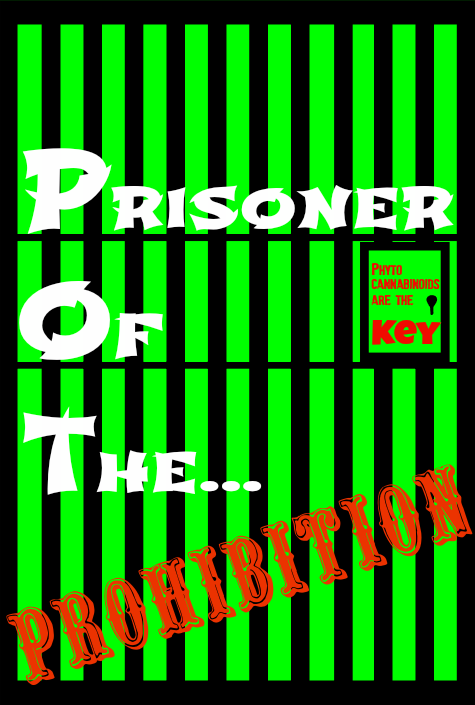Epub 2014 Jan 22.
 Who Benefits Most from THC:CBD Spray? Learning from Clinical Experience.
Who Benefits Most from THC:CBD Spray? Learning from Clinical Experience.
Abstract
Patients with multiple sclerosis (MS) represent a diverse and heterogeneous population varying in terms of disease type, its severity and variable progression/time-course, and with regard to the wide range of presenting symptoms. Consequently, detailed experience with individual patients is important to provide examples of therapy to specific patient types. In this article, real-life data from clinical practice showing specific aspects relating to use of 9-delta-tetrahydocannabinol and cannabidiol (THC:CBD) oromucosal spray (Sativex®) in patients with moderate to severe spasticity resistant to usual therapy will be presented. Three common clinical scenarios will be considered: MS patients with resistance to usual spasticity therapies; patients with impairment in MS spasticity symptoms; MS patients with relevant impairment in quality of life/activities of daily living (QoL/ADL). These case reports highlight the diverse nature of the MS spasticity population and they show the possible usefulness of THC:CBD oromucosal spray in individual patients with moderate to severe spasticity resistant to existing therapies, within the frame of use approved after large clinical trial results. Perhaps the most important finding is the possibility of obtaining relevant improvements in QoL/ADL in some patients with resistant MS spasticity, allowing them to engage back in physical and social activities. © 2014 S. Karger AG, Basel.
- PMID:
- 24457847
- [PubMed – in process]

